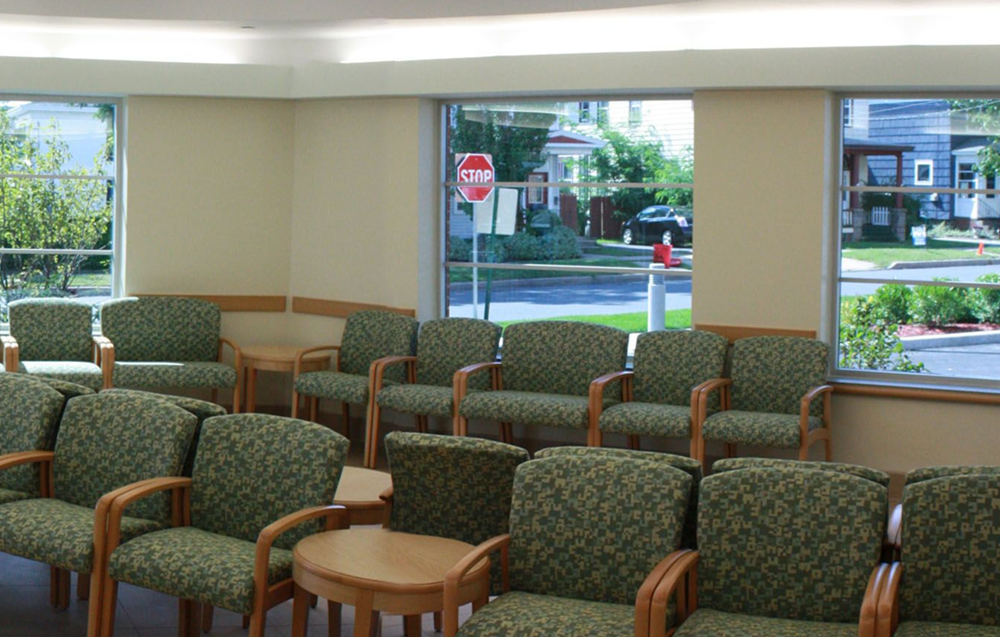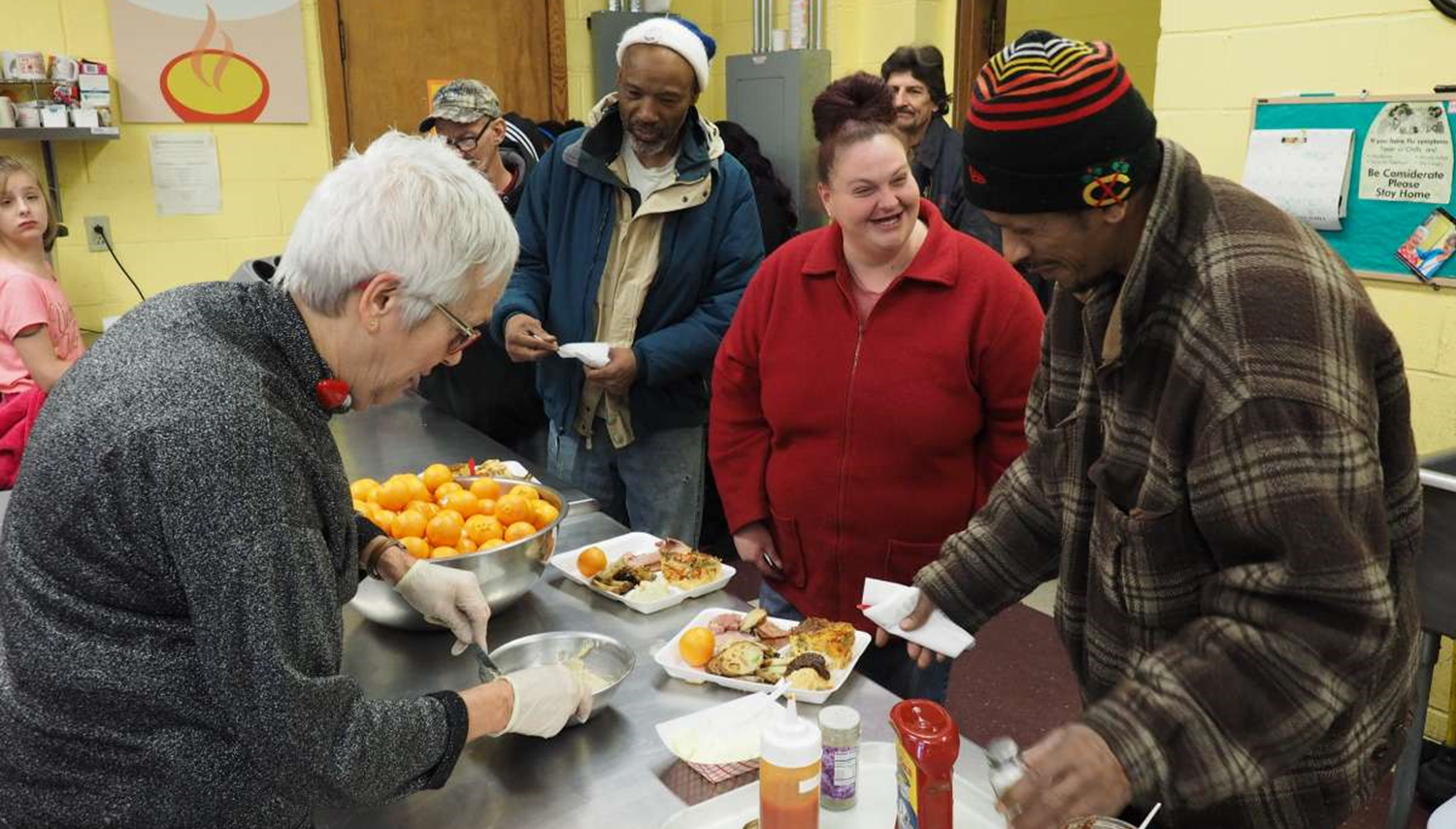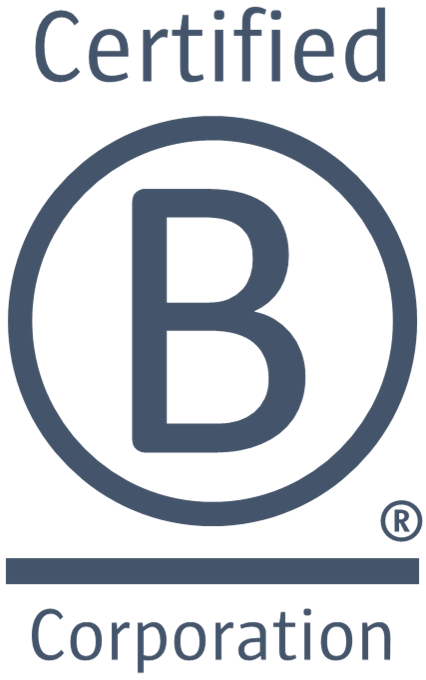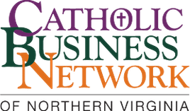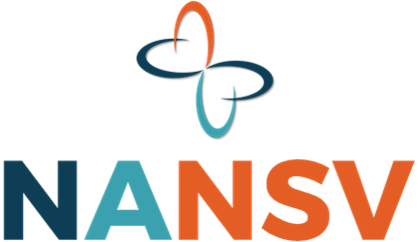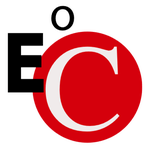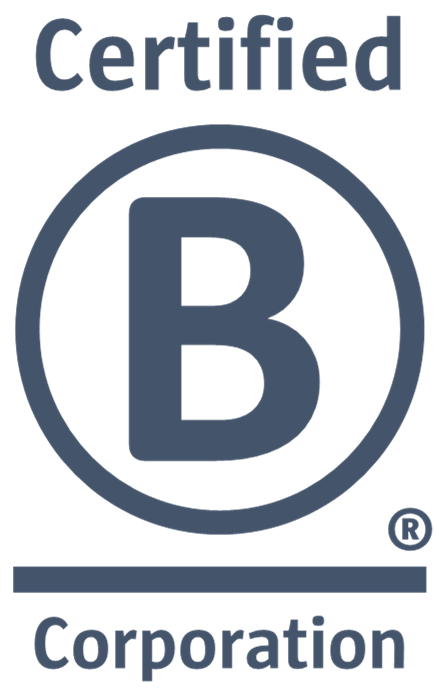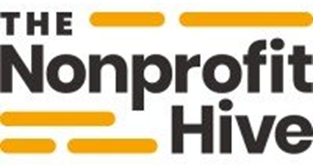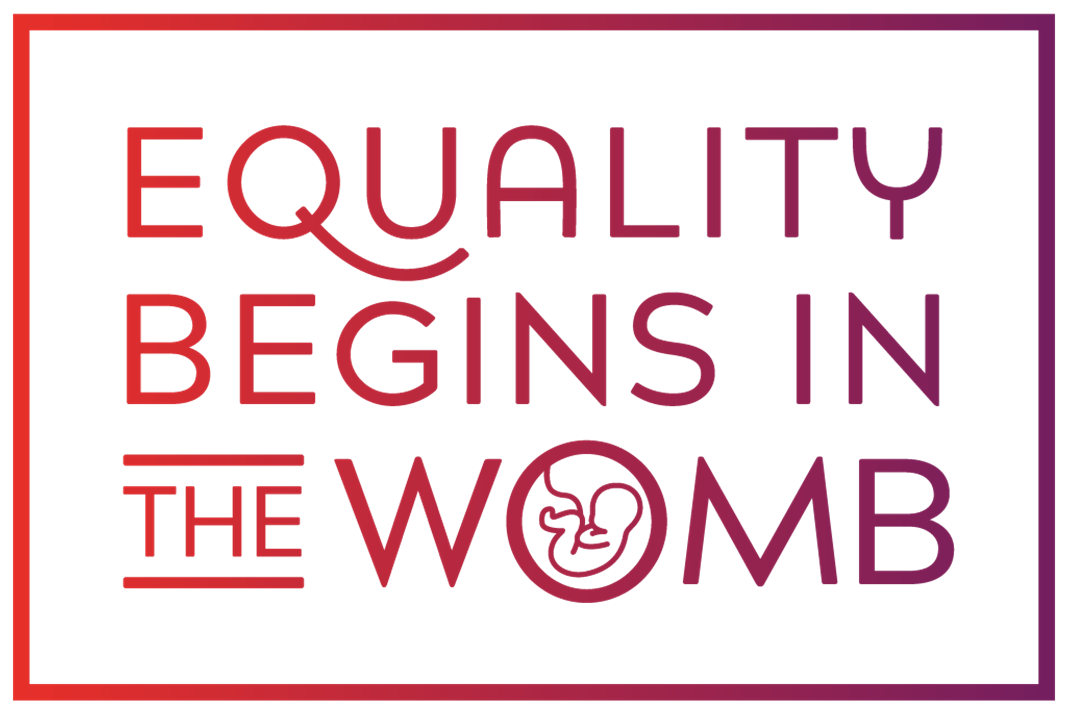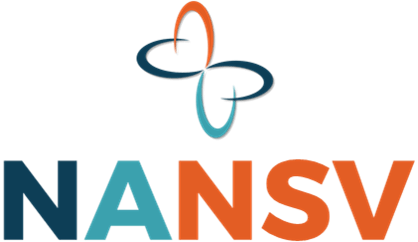Changing with the Times
How to think about non-profit strategy in a dynamic environment
Someone very old and wise once said “The only thing that is constant is change.” Many non-profits can relate, whether it’s regulatory change, shifts in stakeholder guidance, or uncertainties around funding. Even when the goalposts are constantly moving, however, you still need to think strategically. Every change has significant implications, on services, credentials, resources, operations, and more, and it’s the rare organization that can just jump in and out of different delivery models in response to dynamic conditions.
Planning in unstable conditions can be complex, but keep in mind that things almost never remain the same over time. Demographics shift, needs change, funding varies, and what you knew yesterday probably won’t be true tomorrow. The keys to a successful non-profit, however, are consistent no matter what, and if you do these things well, you’ll realize your potential to impact individuals and communities:
- Know the “market
- Identify aligned services
- Prioritize needs
- Get the right people
- Operate cost-effectively
It
starts with who you are serving, what they need, and what you are best positioned
for. Your market may already be shifting from migration, aging, economics, and
other factors. Even larger changes may
be afoot. Sound planning requires both awareness
and flexibility. That’s why we advocate for
in-depth market research and rigorous supply and demand modeling. In times of uncertainty, you’ll have to look
at different scenarios, from the status quo
to high likelihood changes in the outside environment.
If
you make and accurately interpret supply and demand for each scenario, you can understand
community needs, and identify and prioritize the services you should offer. This will look different from one organization
to the next. It depends on local market
characteristics—chiefly, the target population and what it requires, and who
else can address certain things so you don’t have to. How you adjust the scale of what you currently
offer, and/or add to or delete from your mix of services, will be unique among
your peers.
Then,
there’s the resources you need for each scenario, and your confidence in your
ability to obtain them. Both “client-facing”
and “mission support” aspects are important, since change often affects not
only the required technical specialties, but also the infrastructure to support
a “new look.” This is the “limiting
factor”—you can’t plan to do everything if acquiring the necessary human, financial,
and/or capital resources is unrealistic.
Creativity is a virtue and priorities are crucial. This is complex, and merits discussion on its
own.
When
change is coming, and you need to transition from one approach to another, you
need to get out in front of it. As noted,
you can’t change operations with a snap of your fingers, so early recognition and
quick reaction is critical. Leadership must
be actively engaged in monitoring and assessing the environment, and Boards may
need to make risk-based decisions on when to shift gears. Strategies must be frequently reviewed in environmental
context, not just in terms of progress and results.
Things happen. Sometimes they’re already affecting you and, other times, they may be just over the horizon. You may see them coming, or they may be hidden or even unanticipated. Don’t let change deter you from planning—in fact, thinking strategy is even more critical in times of uncertainty. You need to know what’s happening or anticipate what might be coming, so you can plan to meet community demands. If you want to stay relevant and cost-effective, you need to be prepared for what’s next!
Learn More
We offer complementary initial consultations to help you strategic planning for non-profits responding to or anticipating change. Click here to learn more and request a time to talk.
Read Other Posts







